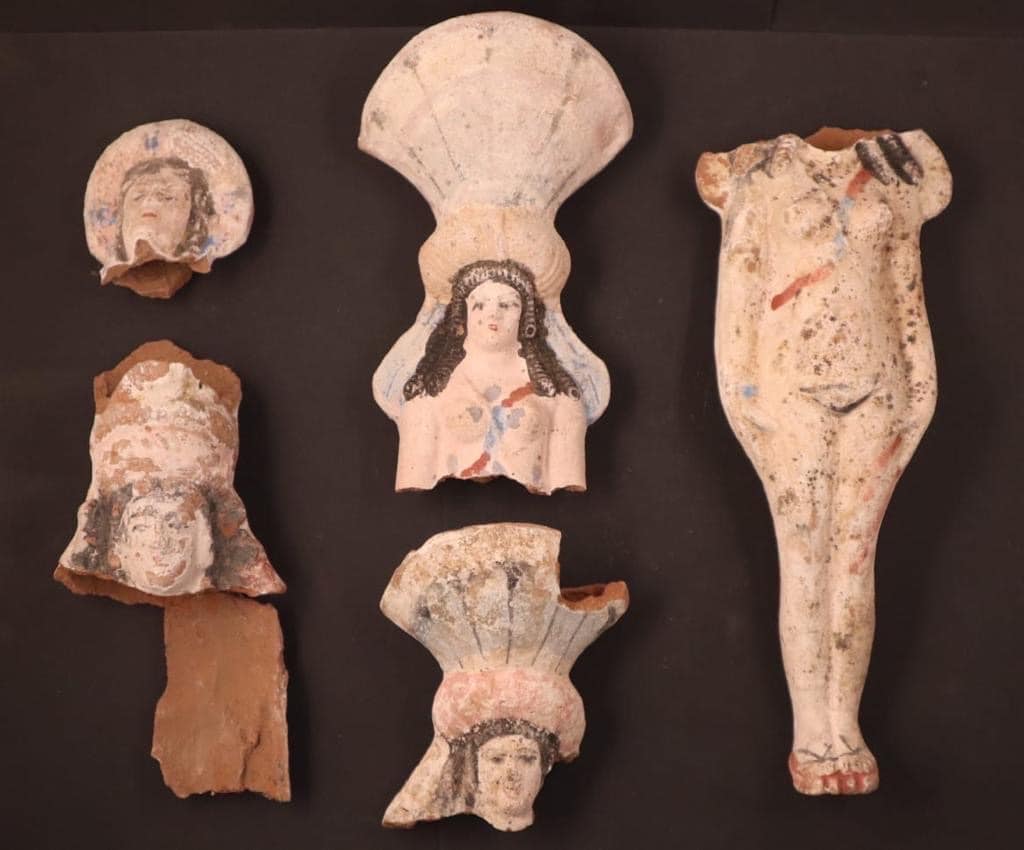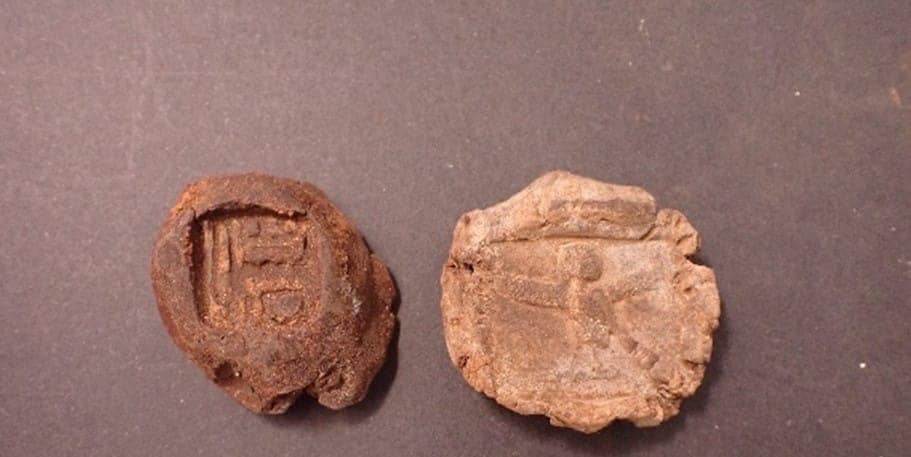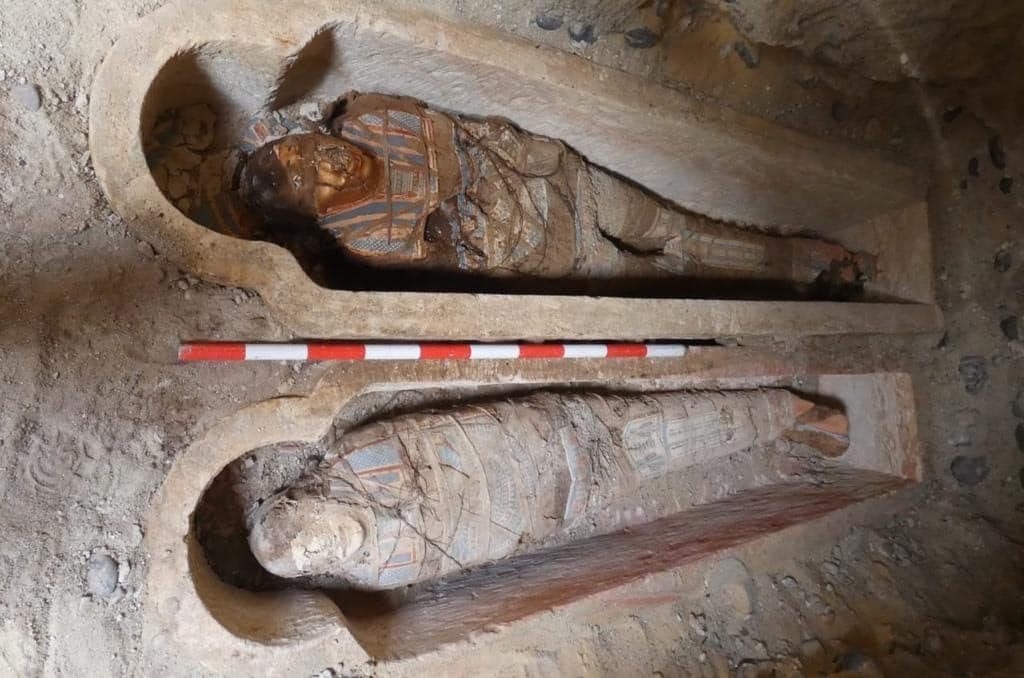Unusual burial from Roman era discovered in Egypt: Details and photos
 Archaeologists found an unusual burial (collage: RBC-Ukraine)
Archaeologists found an unusual burial (collage: RBC-Ukraine)
Archaeologists have discovered tombs from the Roman era in Egypt for the first time. They were excavated in the cliffs of Al-Bahnasa. In these unusual burials, mummies with gold tongues and colorful masks were found, as well as terracotta statues of the goddess Isis-Aphrodite, reports Arkeonews.
What is known about the unusual findings
The discovered tombs from the Roman era were located in the eastern part of the Upper Cemetery of Al-Bahnasa. They feature a new burial style, being excavated directly into the natural rock underground.
“The new discovery is shedding more light on the rich history of the region, as the team uncovered a series of rock-cut tombs dating back to both the Ptolemaic [305-30 BC] and Roman [30 BC-641 AD] periods, showcasing unique burial practices and artistic expressions of the time,” said Secretary General of the Supreme Council of Antiquities (SCA) Mostafa Waziri.
He emphasized that one of the most remarkable findings is the discovery of terracotta statues depicting the goddess Isis-Aphrodite, adorned with leafy crowns, which is a significant addition to the archaeological heritage.



Artifacts found in the tomb (photo: Ministry of Tourism and Antiquities of Egypt)
Terracotta figurines of goddesses, such as Isis and Aphrodite, adorned with floral crowns, were also discovered for the first time in Al-Bahnasa. This suggests that this area still holds many secrets about burial rituals from different historical periods.
During the excavations, mummies from the Roman era were also found, some of which were adorned with gilded and colored funerary masks. Golden tongues were discovered in the mouths of two mummies, a well-known burial practice from the Roman period in Al-Bahnasa. People believed that this preserved the deceased's ability to speak.
The team uncovered parts of a ruined structure adorned with paintings depicting intricate details of plants, grapevines, and various animals, providing valuable insights into the daily life and cultural significance of Al-Bahnasa in antiquity.
It is noted that scientists will continue their work at the excavation site.

Mummies found in the new tomb (photo: Ministry of Tourism and Antiquities of Egypt)
Earlier, we wrote about scientists finding artifacts that significantly impact the theory of human evolution.
Also, read about the 6 biggest historical mysteries that scientists successfully unraveled in 2023.

